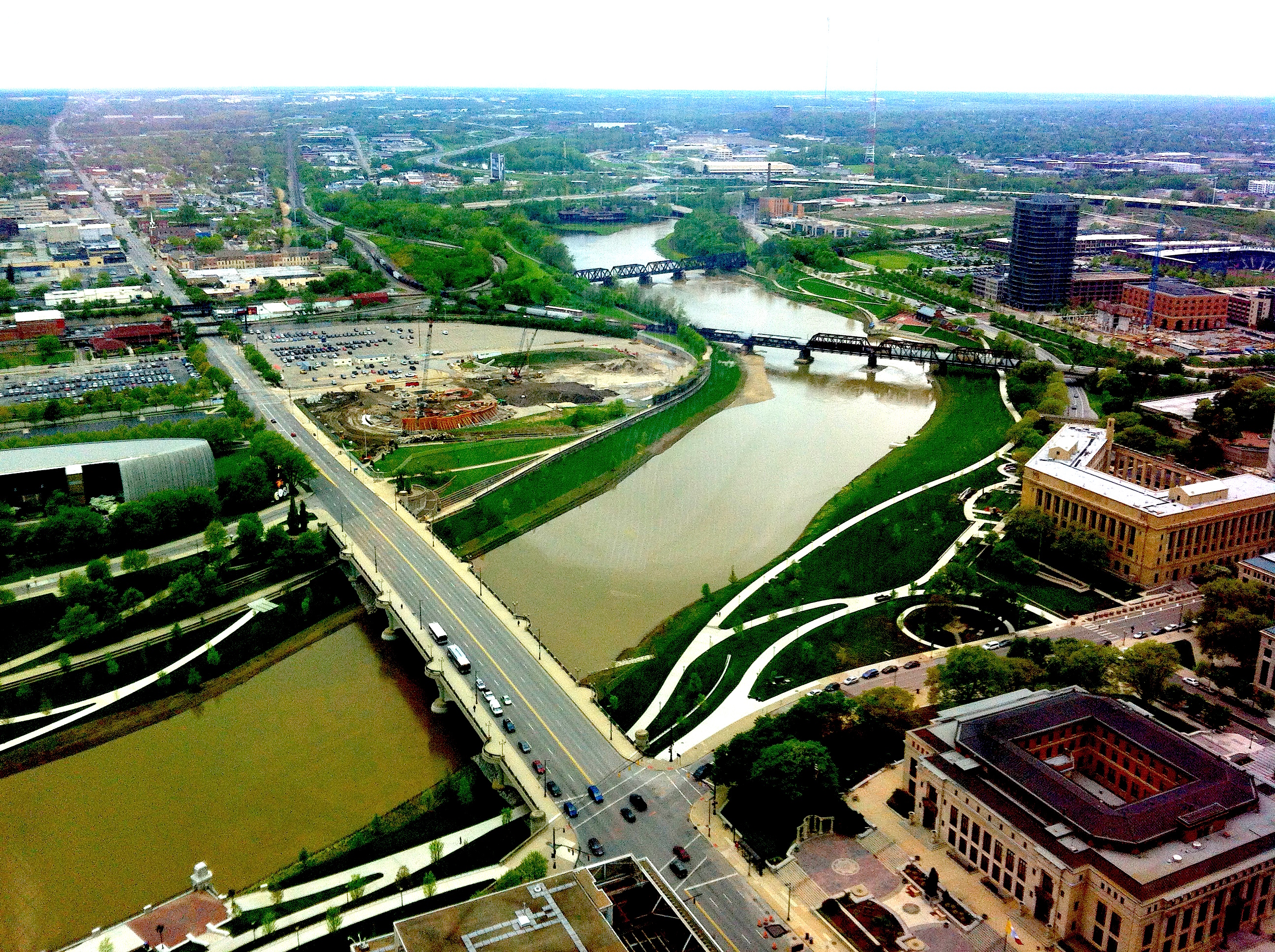For as long as I’ve been involved in understanding the dimensions of urban disinvestment, as well as the solutions, one more civic concern has always lurked in the shadows. That’s gentrification, the process by which wealthier people interested in moving back into a city use buying power and sway to push the poor out of their homes.
As a journalist, public policy specialist, and citizen of America I’ve personally experienced almost every side of this issue. I was raised in a New York City suburb during New York’s worst post-war period, the decades of the 1970s and 1980s when disinvestment, decline, crime, and deterioration chased the middle class and their employers to the suburbs and to other states. In 1980, New York City was home to 7.1 million people, 810,000 less than in 1970. That, of course, left room for the less fortunate, including some of my artistic friends, to find affordable housing in Manhattan.
A generation later, after massive investment in New York’s police and infrastructure — roads, bridges, rail, parks, water, schools — Manhattan and New York’s other borough became hot places to live again. It helped that Wall Street also boomed in the 1990s. The wealthy and middle class moved back in, increasing competition for housing. New York responded by building more places to live, which made it possible for the rich and the less rich to live in the city. New York City’s population, 8.14 million in 2005, grew 14 percent in a generation.
For a time in the mid-1980s I lived in Manhattan. I’ve also lived in Boston, Washington, Philadelphia, Sacramento, and Charleston, S.C. Frankly, the fact that cities are becoming great places to live is a singular achievement made possible by effective business and governing strategies that improved basic civic equipment and services. States that have big exciting cities are prospering. States that don’t, like Michigan, end up sending their best young people to the states that do. In the contest between slums and decent housing, I’ll take the good housing and safe neighborhoods any time.
In the last 15 years the Smart Growth and New Urbanist movements have been at the head of the pack in developing even more refined steps to make American cities more environmentally sensitive, energy efficient, and architecturally beautiful. You’d expect their work to be hailed as evidence of the nation’s ability to find solutions to real problems. Yet even as cities improve, a persistent chorus of critics find in Smart Growth and New Urbanism seeds of inequity. They blame the two movements for promoting economic development that favors the wealthy over the poor, and displaces people from their urban homes.
San Francisco, it turns out, is solving the issue with some adept public policy designed to leverage the economic gains provided by the wealthy to encourage more investment in affordable housing. Very schmart. It’s one approach to making sure that cities of the future are capable of welcoming all kinds of people. And if they do, it’s possible to slow the ever outward movement of America’s built environment, which is how this nation will conserve land, fuel, resources, and the sense of neighborhood security that will keep this nation a decent place to be.
[youtube]lm3lc8Tdl4w[/youtube]


